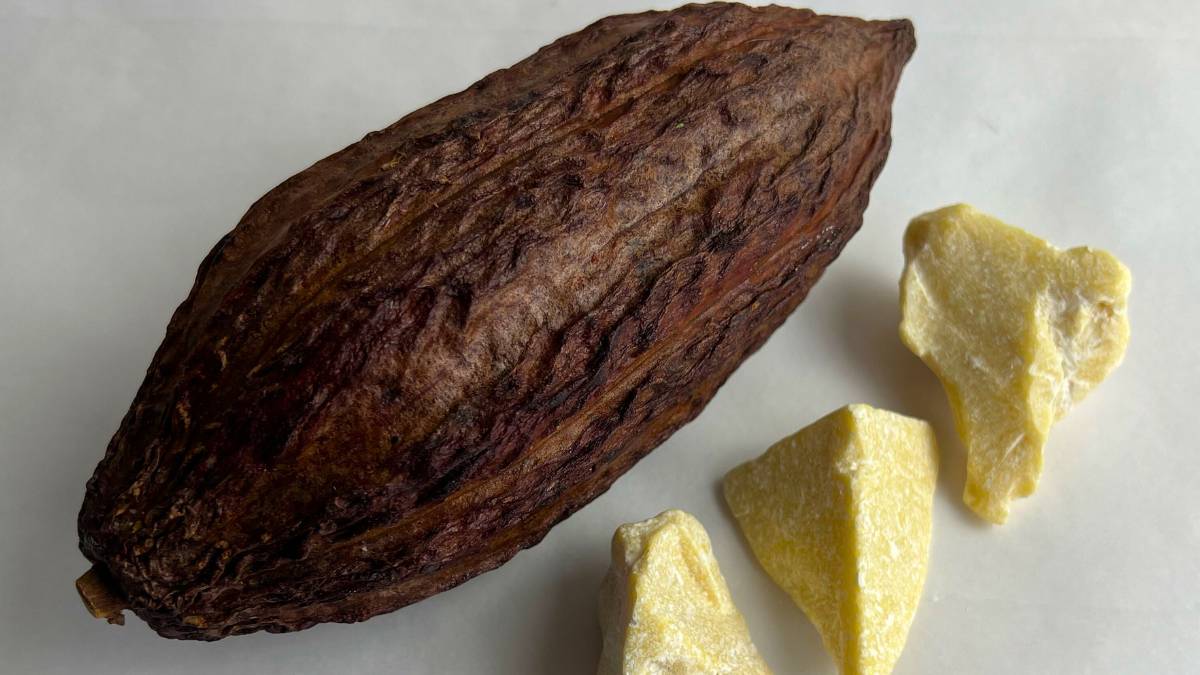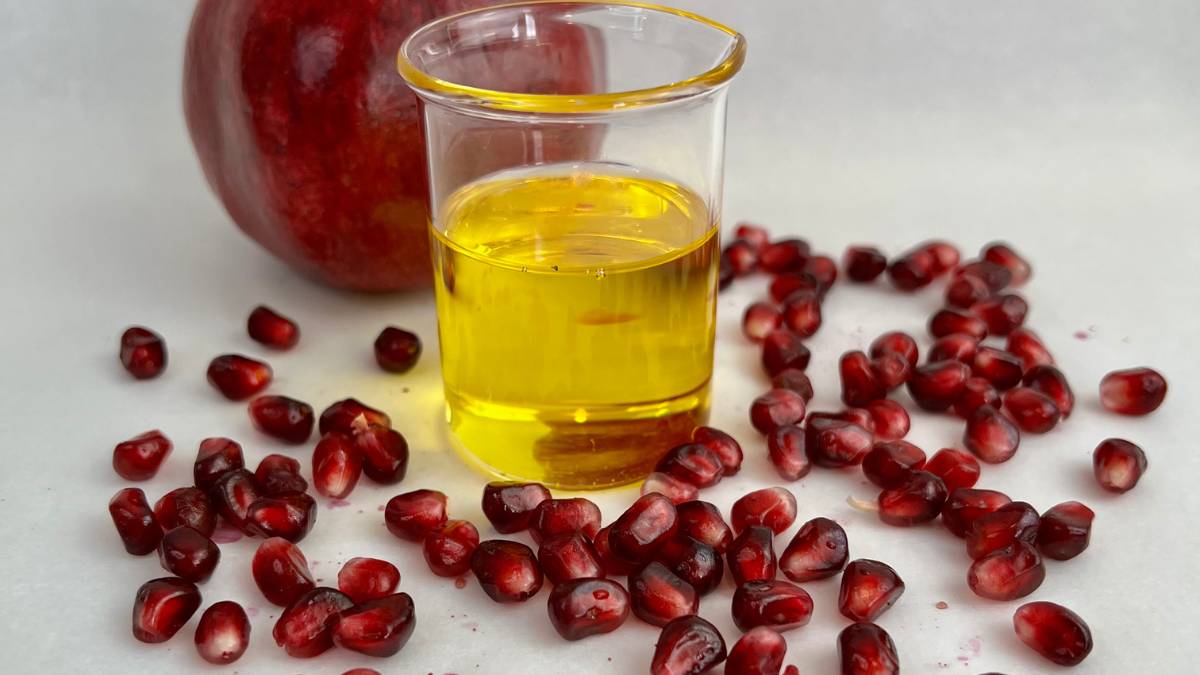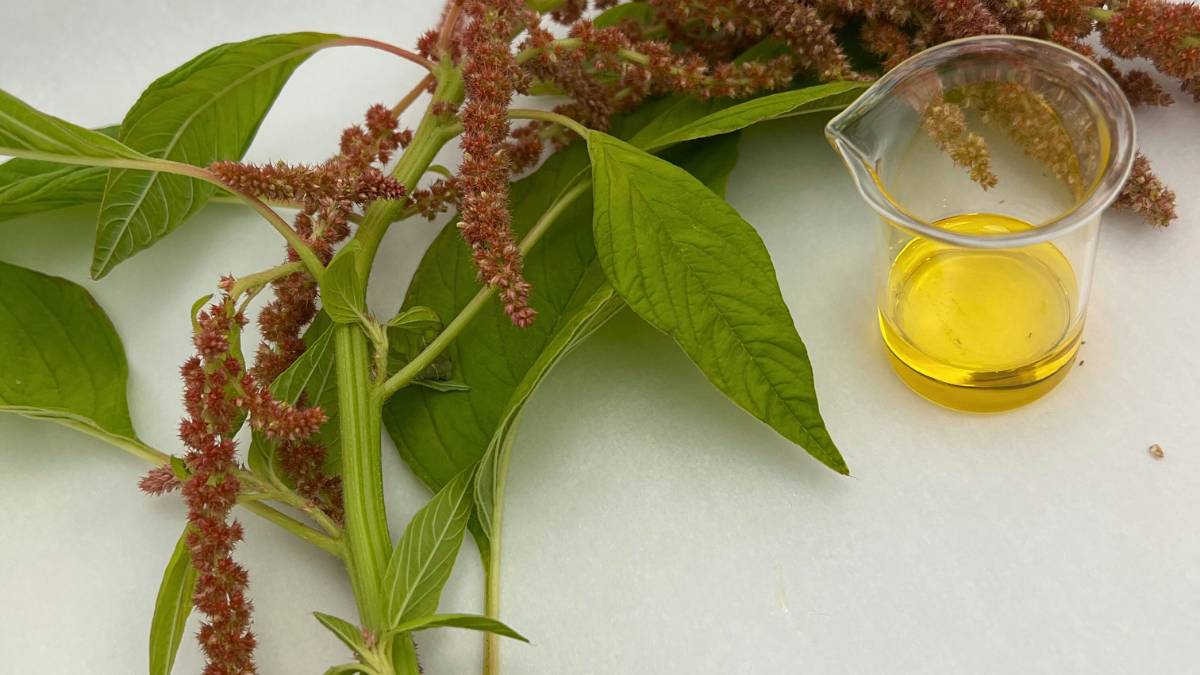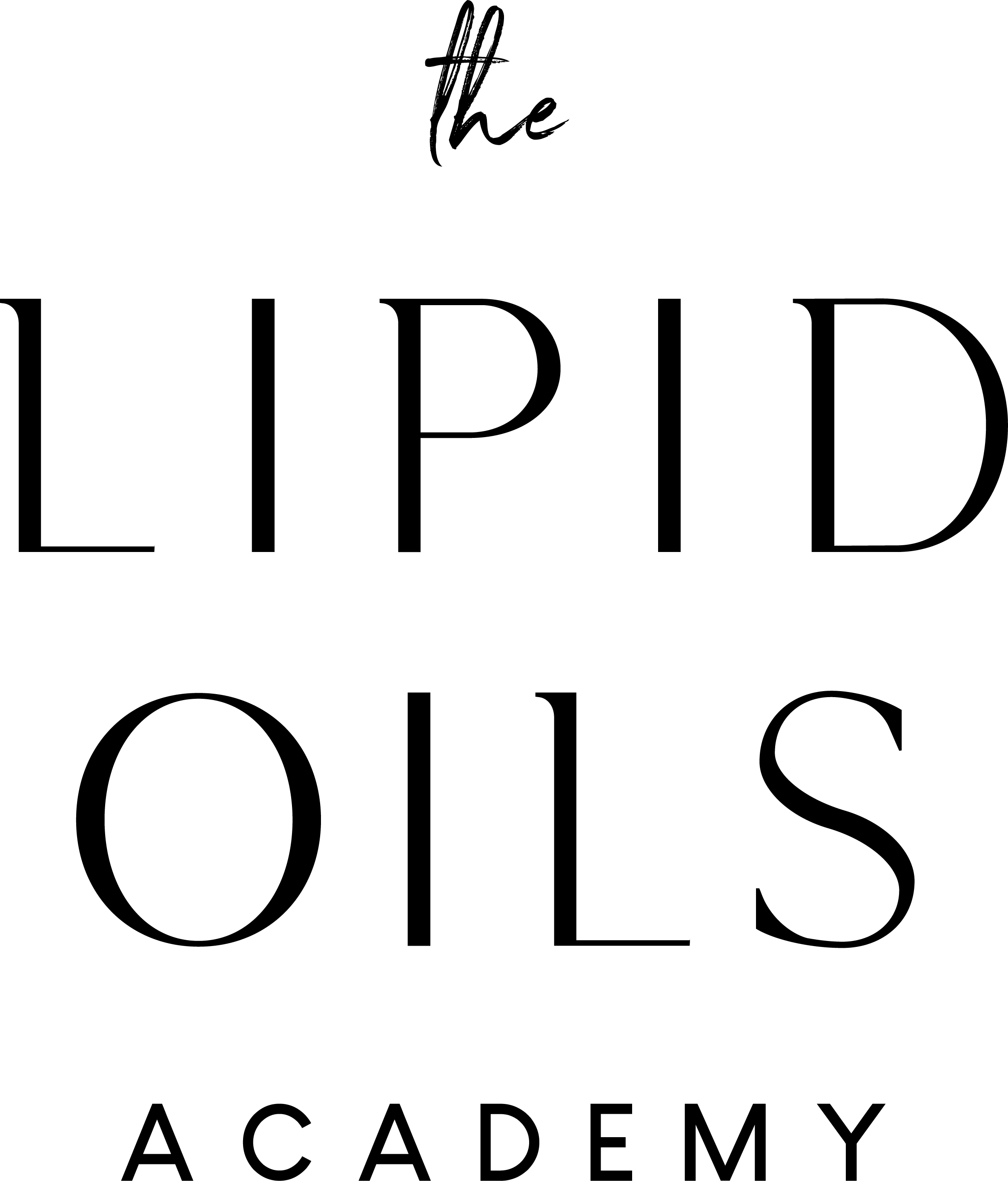The question I get asked most often is? Tips for anti-aging skin care and, as my specialty, what oils are best for anti-aging?
Of course, we want to continue to look great even as the years pile on, and we keep adding numbers as our birthdays roll around each year. So it is clear by now that we can't stop aging, but how do we maintain our skin throughout our lives?
Let's look at some basics; our skin, made up of mainly lipid, water-repelling compounds like waxes, saturated fats, and unsaturated fatty acids, create the skin's structure that maintains its tone and appearance.
Internally the skin's structure is maintained by consuming healthy fats and a wholesome diet. But the skin also needs external support supplementing its natural oil production by applying natural oils and butters.
There are many natural oils, ranging from saturated butters like shea, cocoa butter, and animal fats to a vast range of liquid plant oils. A range of fatty acids, many of which the skin also produces, are present in natural living fats from plants and animals.

Identifying the fatty acids that can help support the skin's natural functions will help improve its appearance. The value of natural plant oils is that they closely mimic the same fatty acids produced by our skin and, therefore, can support and even replace our natural oils that may tend to run dry as we age.
Very-long chain fatty acid oils
Meadowfoam, jojoba, Abyssinian seed, and arugula seed are oils that contain extra-long chain fatty acids, twenty carbons, and longer. These fatty acids mimic the structural epidermal fatty acids of the skin's makeup.
CLnA oils, conjugated fatty acids
Another group of oils to focus on for maturing skin is those with conjugated fatty acids like punicic acid in pomegranate seed oil and eleo-stearic acid in manketti oil and cherry kernel oils.
These polyunsaturated carbon chains feel different from the usual lightness of PUFAs. The twisting nature of the conjugated double bonds modifies the characteristic lightness of PUFA giving oils body and thickness that protect the skin.

Guarding against inflammation
Protecting against inflammation plays a significant role in protecting the skin from the typical effects of aging skin, thinness, wrinkles, lines, and lack of tone. The depletion of collagen, the structural underpinning of the skin in the dermal layer, is often the result of inflammation. Collagen, a protein in the body, is harmed when the heat of inflammation overwhelms the tissues.
GLA oils
A generous supply of GLA, gamma-linolenic acid, is a first line of defense to counteract inflammation. The oils that supply this fatty acid best are borage seed, black currant seed, Evening Primrose seed, and hemp seed oils. GLA performs as an anti-inflammatory fatty acid in the body.
Squalene
The compound squalene, a naturally forming lipid made in the skin, also protects against harm from inflammation. As we age, its natural production diminishes, so supplementation is helpful. Squalene, also found in plants and their oils, is present in some small percentage. Amaranth seed oil is the most generous source, the other grain oils, rice bran, oat, wheat germ oils, and olive and pumpkin seed oils.

Note squalane is a modified version of natural squalene in plant oils, and while an emollient, it is not an active anti-inflammatory.
Antioxidants
Oils that deliver antioxidant properties to the skin will protect the tissues and cells from oxidative damage. The most widely viewed compounds in oils that provide antioxidant properties are the tocopherols, vitamin E, and the carotenoids, beta-carotene. This list is longer, as many plant oils have a fair amount of one or both compounds.
Artful formulating
When creating an anti-aging oil, consider the stresses on the skin. When supplemented with nourishing oils, the skin's surface can correct deficiencies by introducing the compounds directly to the skin's epidermal tissues.
Massaged into the skin, in the presence of moisture like the residual from washing our face or plant hydrosols, the skin will improve with daily applications.

Thank you for this list! I find it very helpful. And thank you for explaining the difference between squalane and squalene. I have always found that confusing. Now I understand the difference!